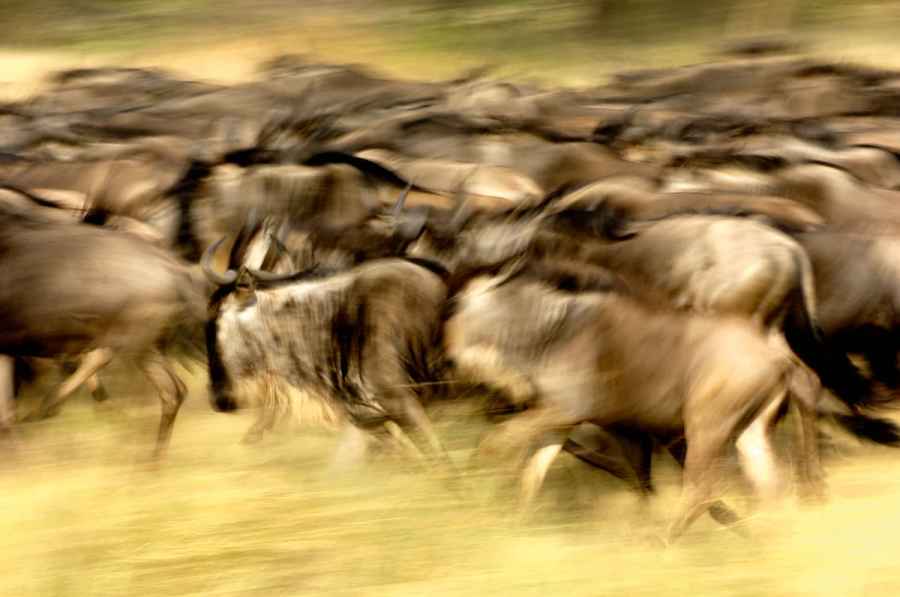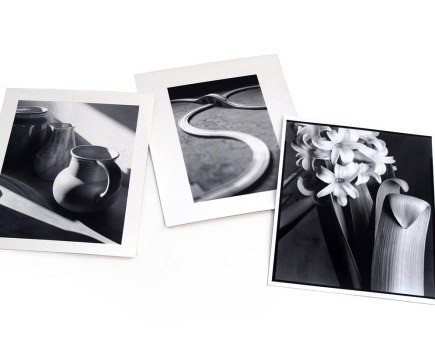While shooting an assignment about a year after turning professional, I had a light-bulb moment. I was in Tanzania photographing the annual wildebeest migration as it passed across the Grumeti River. It was a slow day and photographic opportunities were few and far between.
I don’t know if you’ve ever paid attention to wildebeest, but they’re not Africa’s most alluring creatures. Africans often describe them as ‘the animal God created out of the leftover parts of other animals’.
Don’t get me wrong, I like wildebeest, it’s just that they don’t do much. Their day consists of walking in a wide circle eating grass and that’s about it. And so, two days into a three-week project, I was struggling for ideas. How do you continually photograph what amounts to a large brown antelope standing in a big brown field?
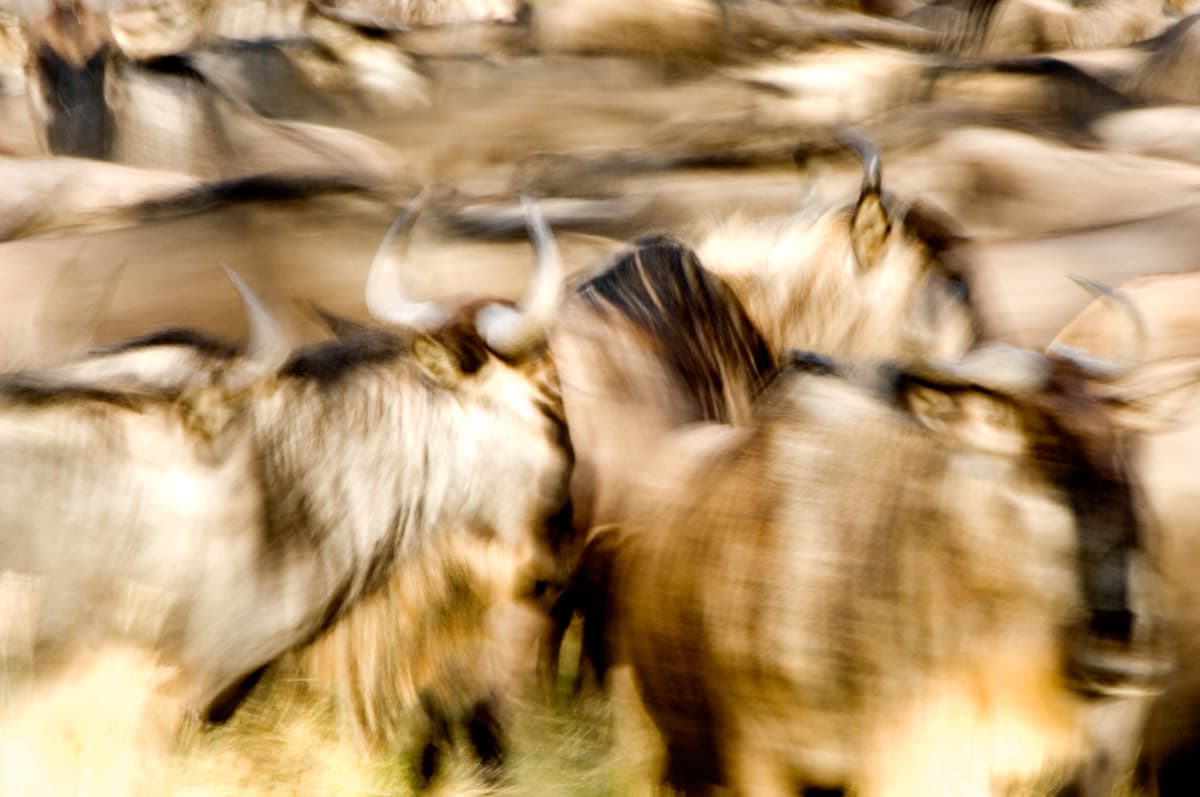
While photographing the wildebeest during the annual great migration, I was struck by the story of movement and used that as the central thread for my series
And then it struck me. I started to think about migration and what it really means. Migration is movement. It’s the movement of animals – or people – from point A to point B. Movement! Movement, not wildebeest, was the real story I was there to photograph. I started to create images that captured the story of the migration, not just individually but in a series – a set of images able to stand on their own while having a collective continuity.
Moments and time
There is a skill to creating photographs that work as a series and it involves changing the way we see the world. My close friend John is a former BBC cameraman. We sometimes work together on wildlife documentary projects and have shared many evenings around dinner tables all over the world. Invariably, on those nights our conversations turn to our different approaches to what, essentially, is the same line of work – storytelling.
As a stills photographer, I see the world in moments – isolated instances in time, captured in fractions of seconds that tell a complete story in a single frame. John is shooting 24 frames per second. He doesn’t see the world in individual moments but in sequences, always thinking about how what he is currently shooting will fit with what he shot yesterday and what he’s going to shoot tomorrow. For him, it’s about flow.
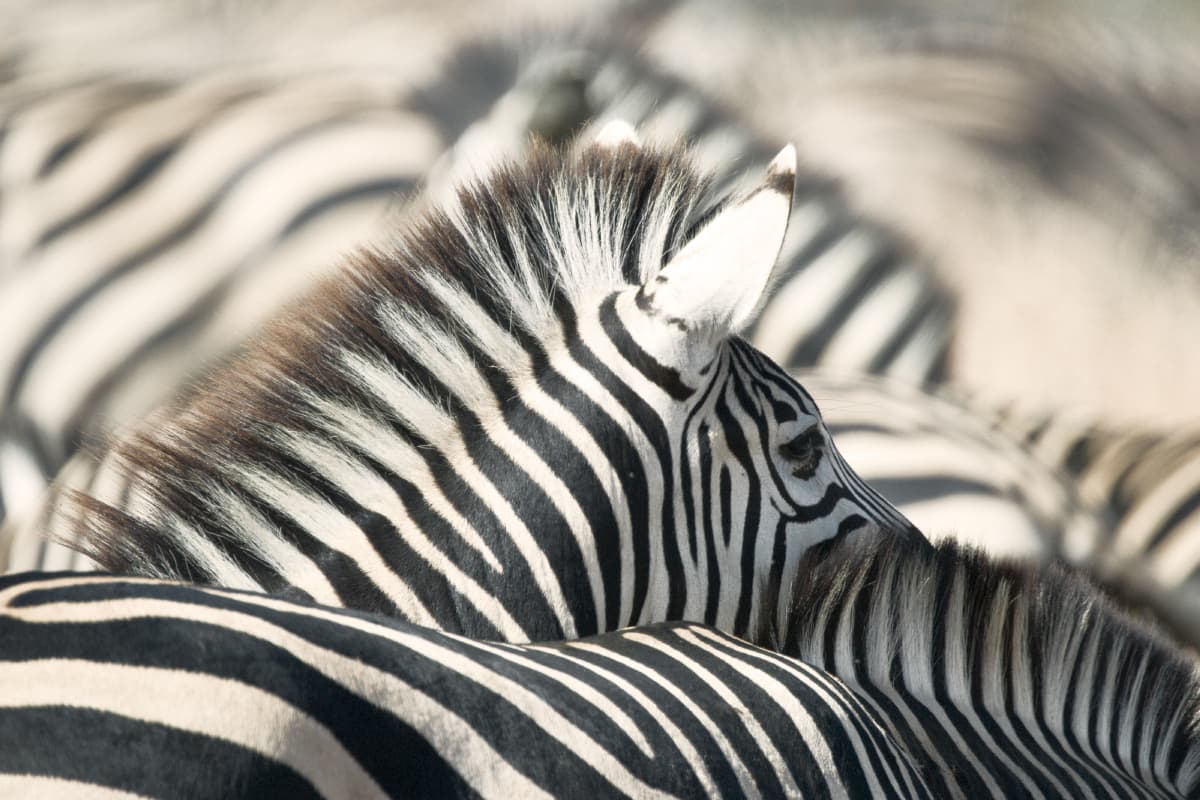
Why are zebras striped black and white? Photographs must be able to stand alone and tell a complete story, such as this image revealing how zebra camouflage works. However, in a series, each image is more like a chapter in a book and must fit together like a jigsaw puzzle. It’s a different way of seeing, more akin to filmmaking.
The secret to shooting a successful photographic portfolio is combining the two parallel but different ways of seeing and thinking – moments and time.
Here’s an example:
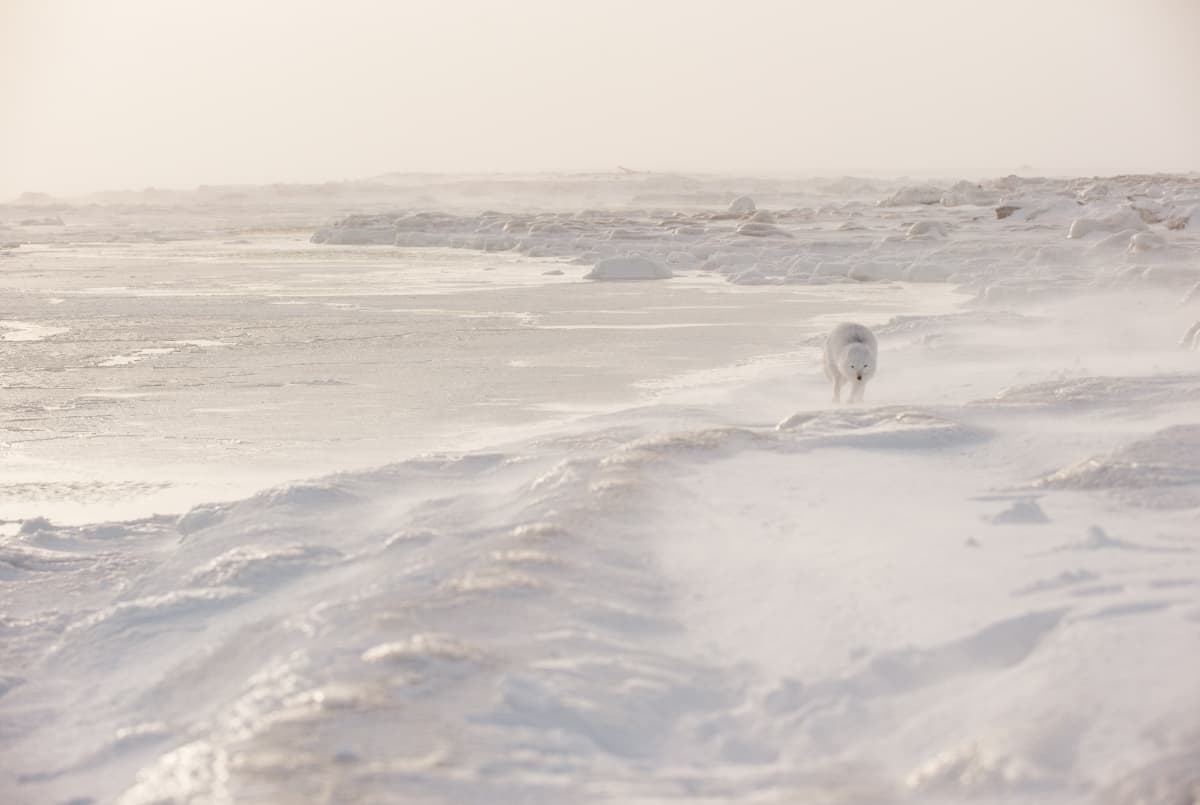
The establishing shot reveals the location of our series
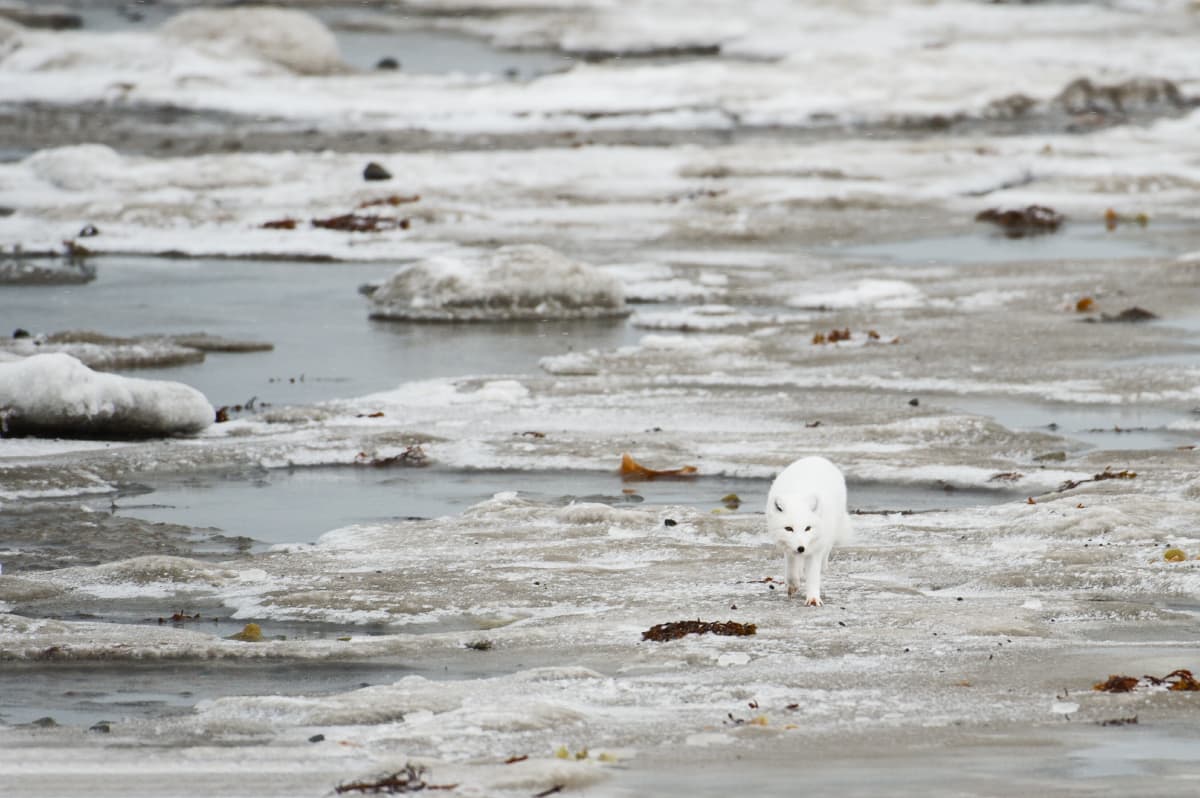
The long shot places the subject in the location
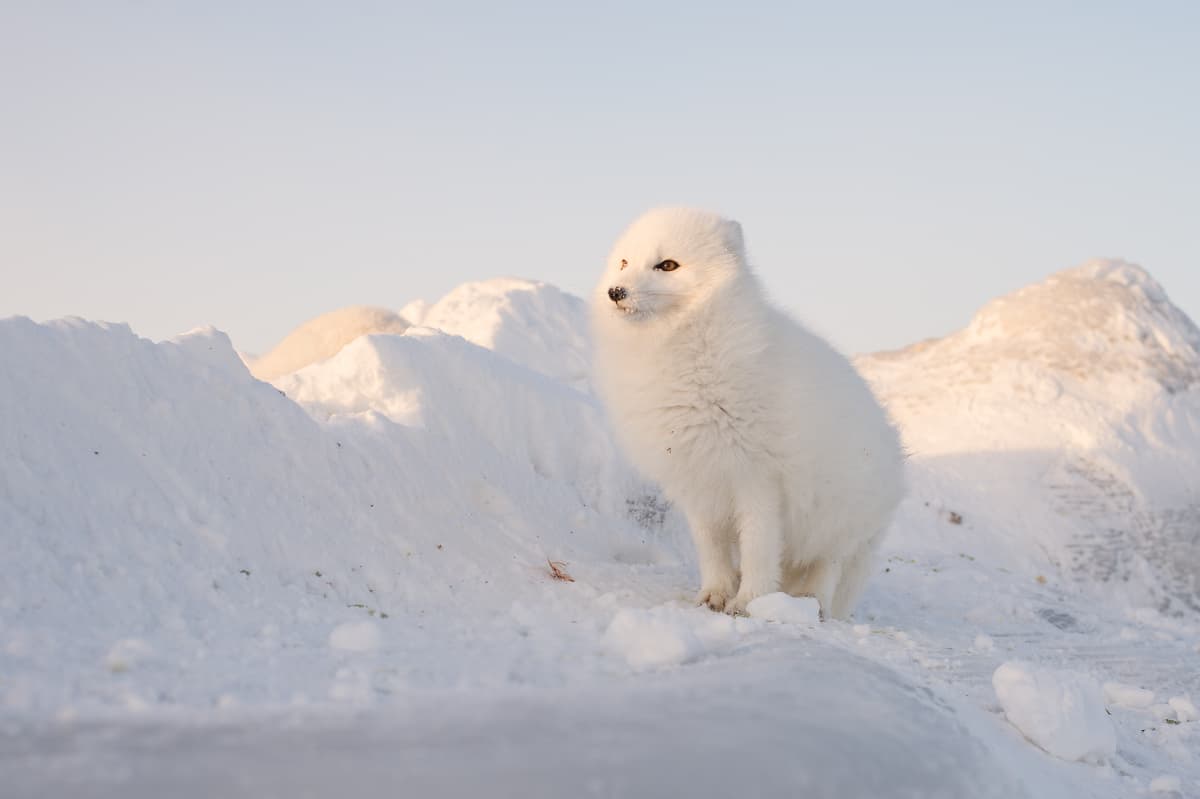
The medium shot introduces us to the subject
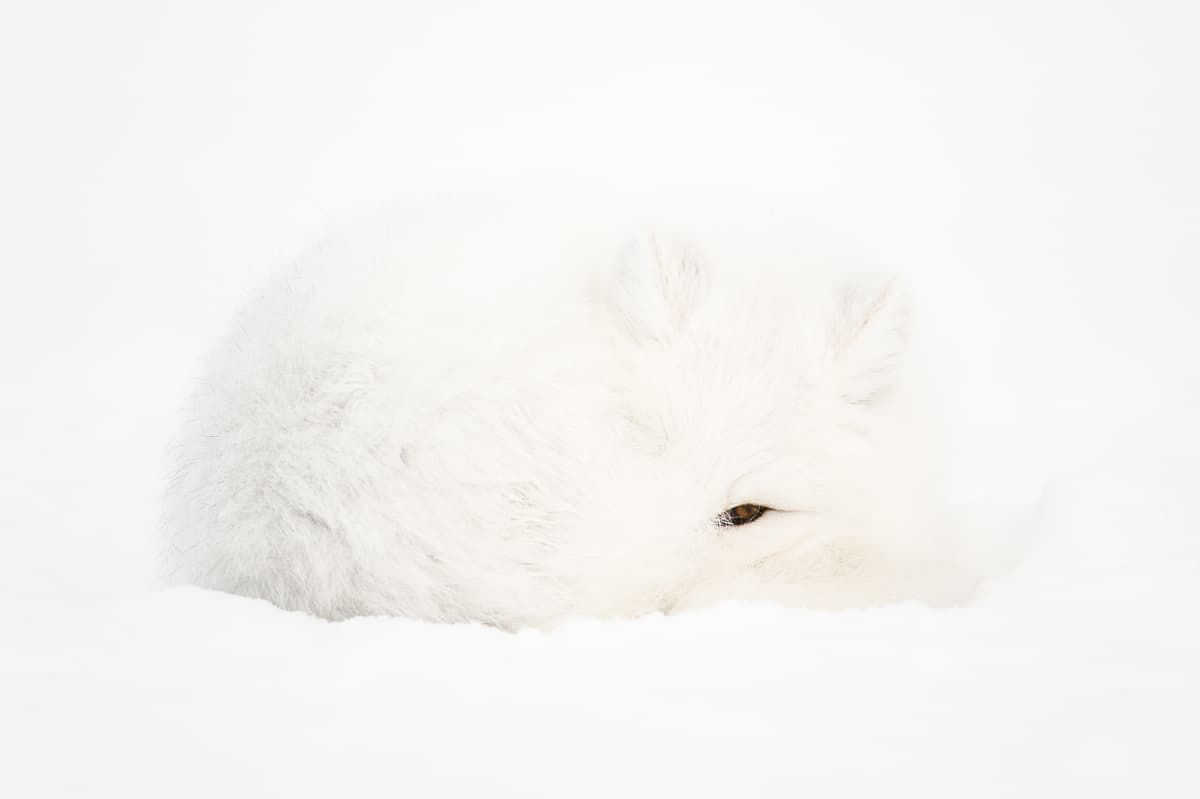
The close-up connects viewer and subject
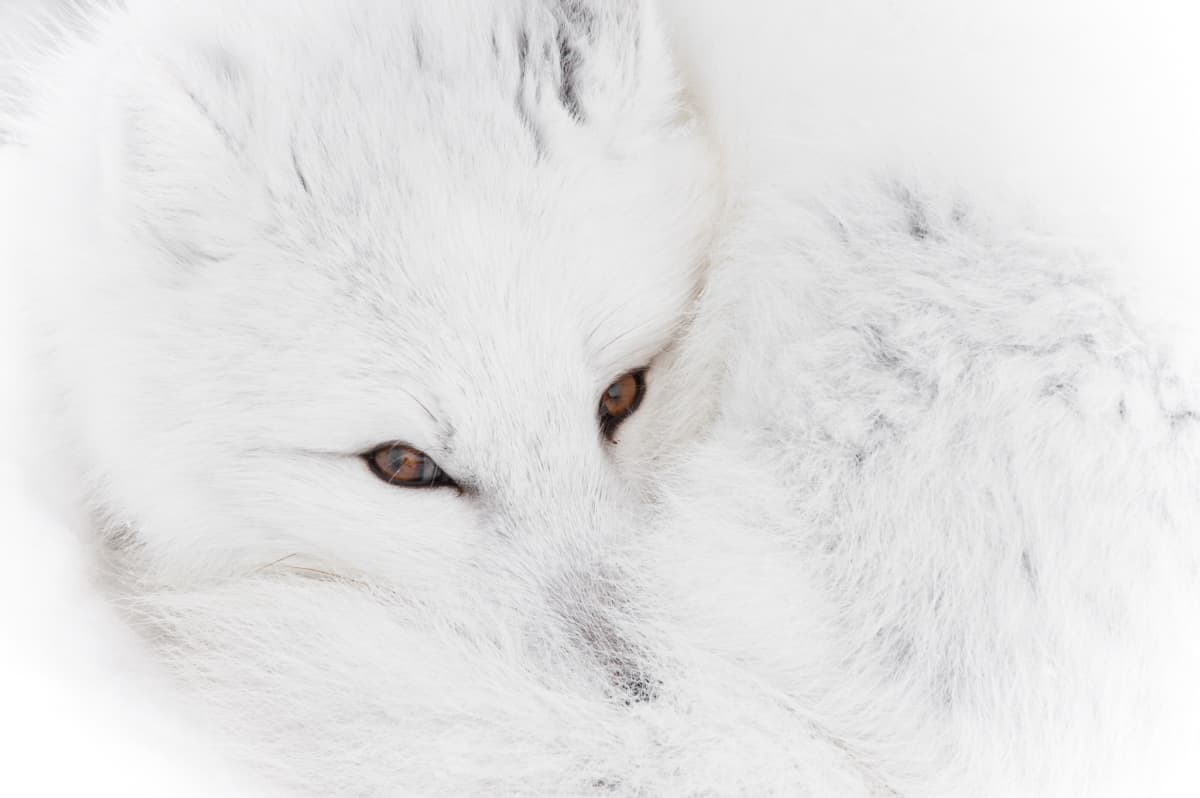
The extreme close-up reveals something we don’t normally see or pay attention to
So why does this work?
In filmmaking there is a set of standard shots, which include the establishing shot, the long shot, the medium shot, the close-up and the extreme close-up. Each shot forms a layer in the construction of the story and the idea can be borrowed in photographic storytelling.
The establishing shot tells us the location, the long shot places the subject in that location, the medium shot introduces us to the character, the close-up then connects us with the character and finally the extreme close-up reveals an aspect of the character we wouldn’t normally see.
Together, this type of series creates a complete picture that would be difficult to convey through a single image.
Seeing in sequences
For me, an image series begins with a storyboard.
The storyboard lays out the key elements and order of the photographs to be included in the series and it starts as a set of captions.
For example, one of my favourite wildlife subjects is brown bears and I recently created a series called ‘Gone Fishing’, which tells the story of the many ways bears fish for salmon during the summer migration in Alaska.
To start the process, I wrote a set of simple captions describing the individual images – essentially, a shooting list – that together would reveal the whole story:
• Bear snorkelling
• Patient bear
• Bear chasing salmon
• Bear scavenging
• The ambush
• Mother fishing with cubs
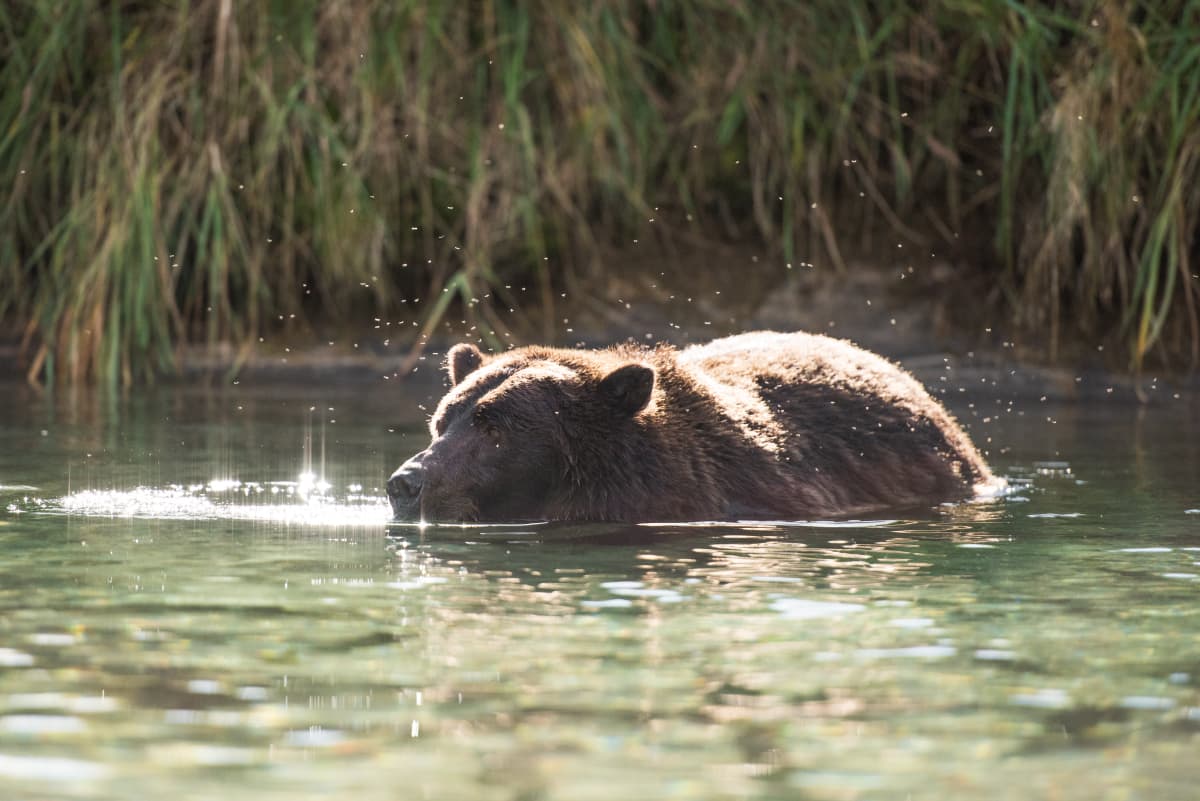
Bear snorkelling
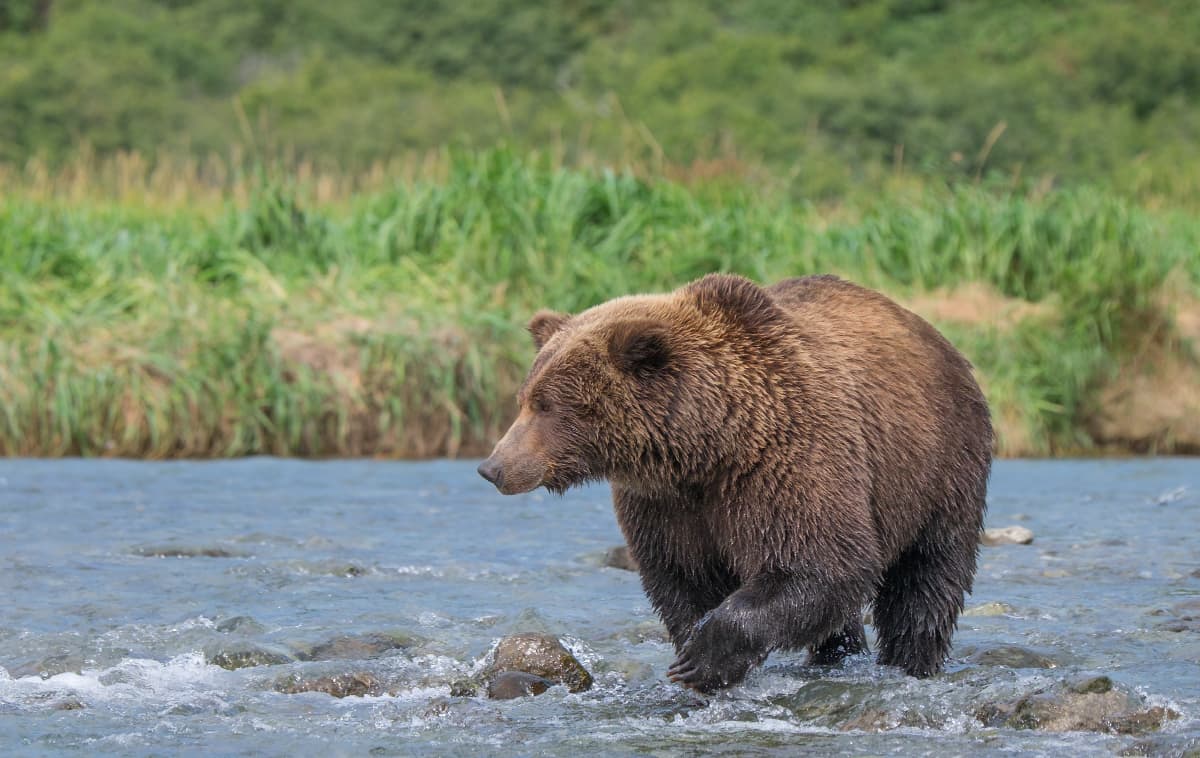
Patient bear
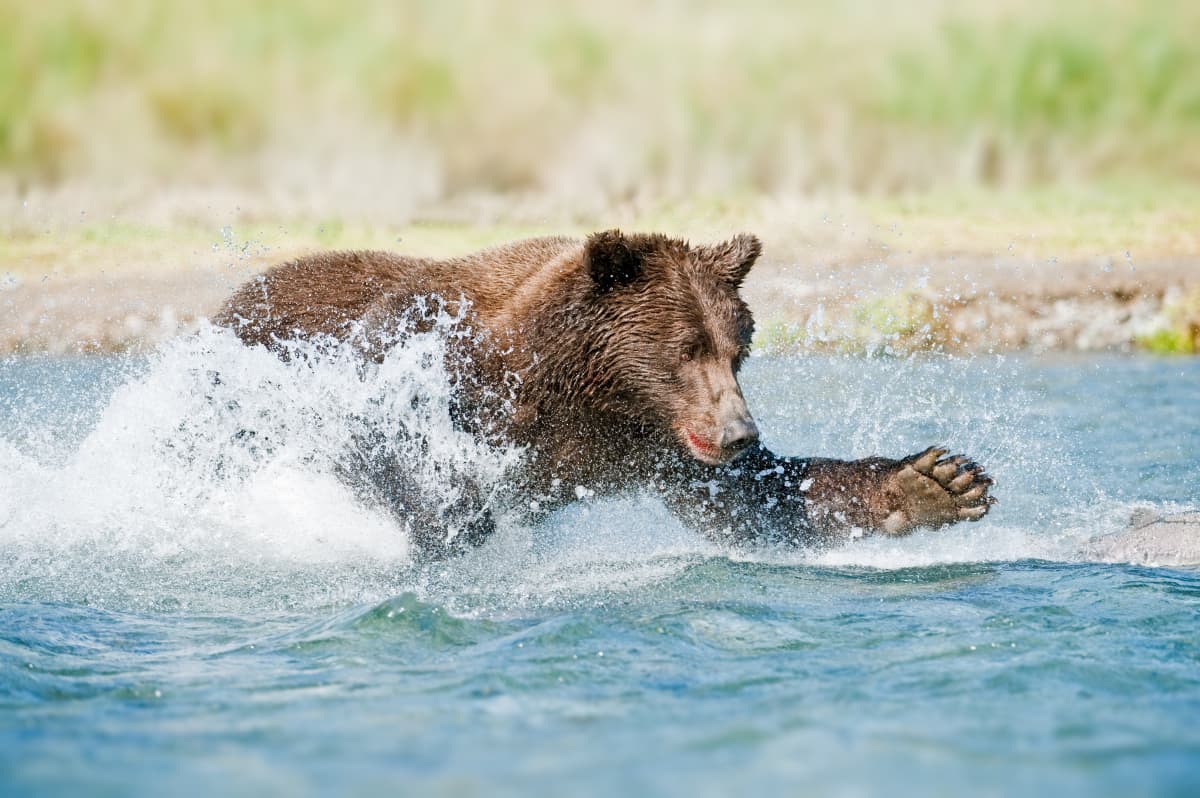
Bear chasing salmon
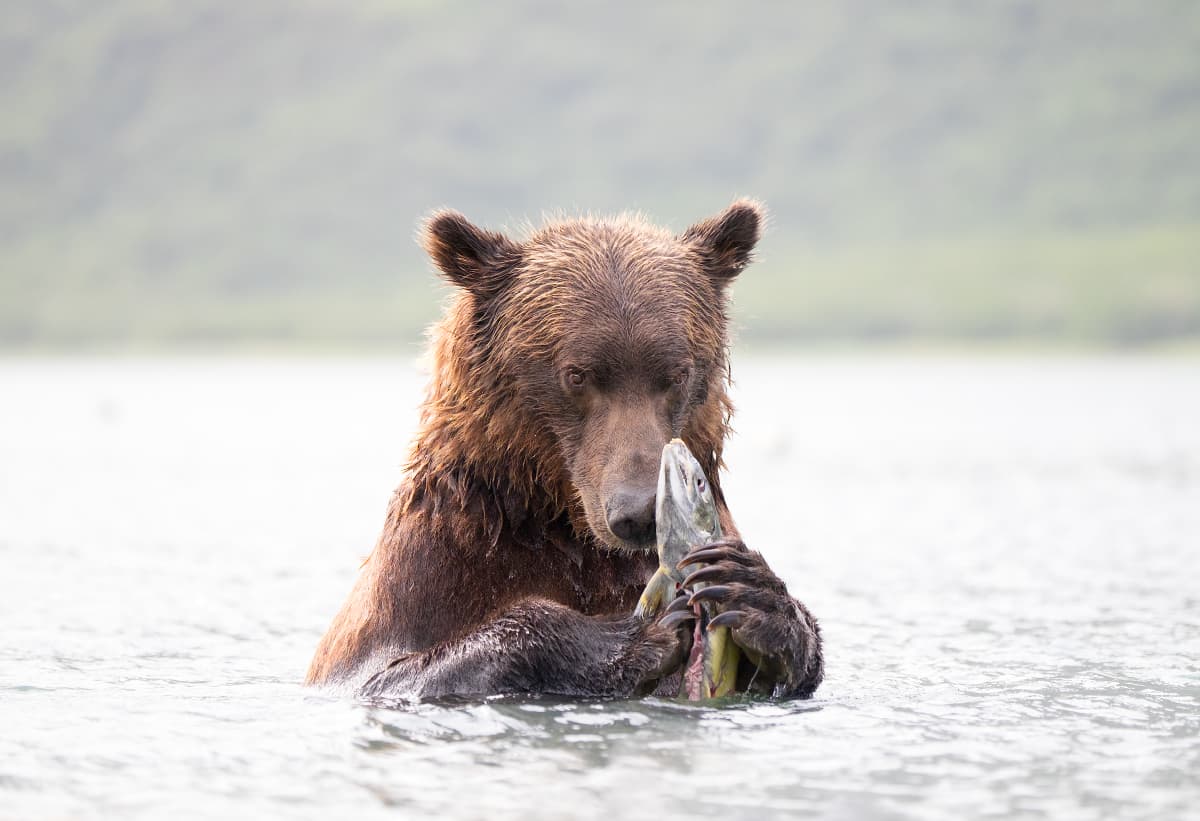
Bear scavenging
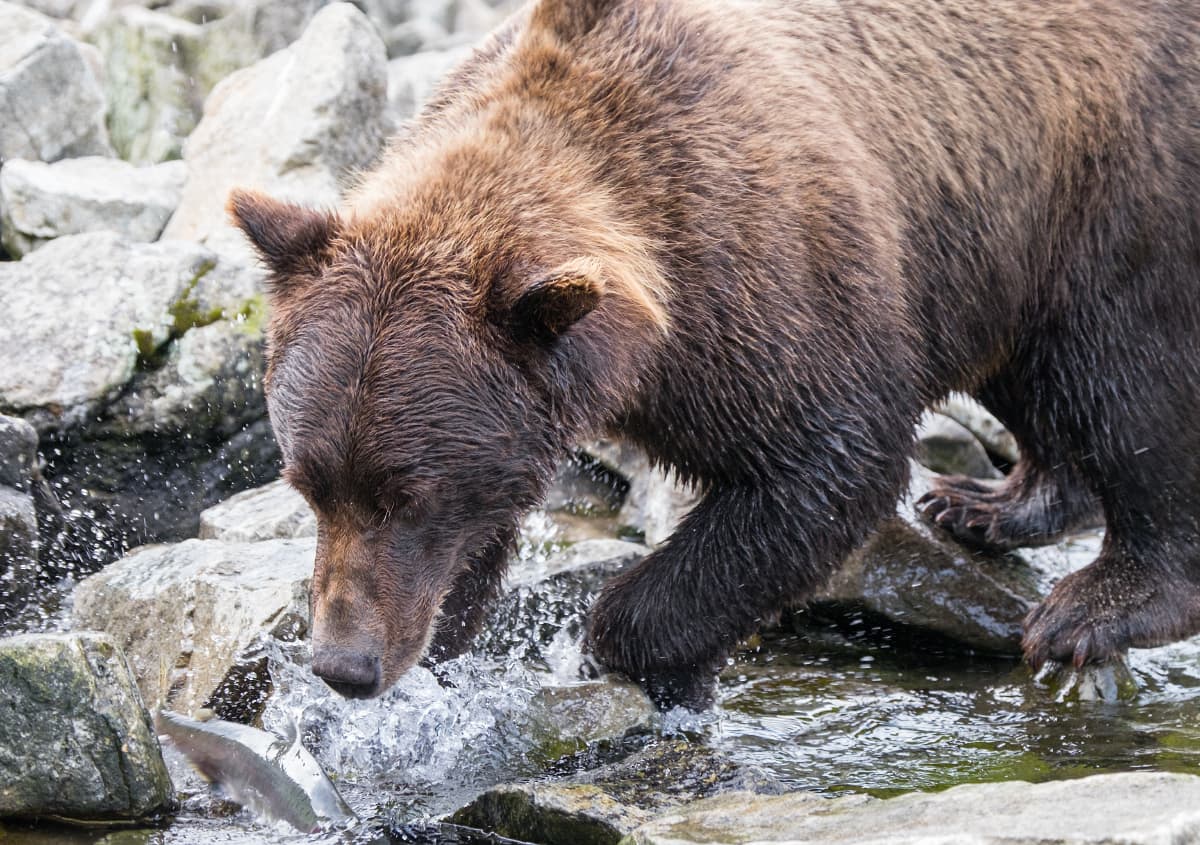
The ambush
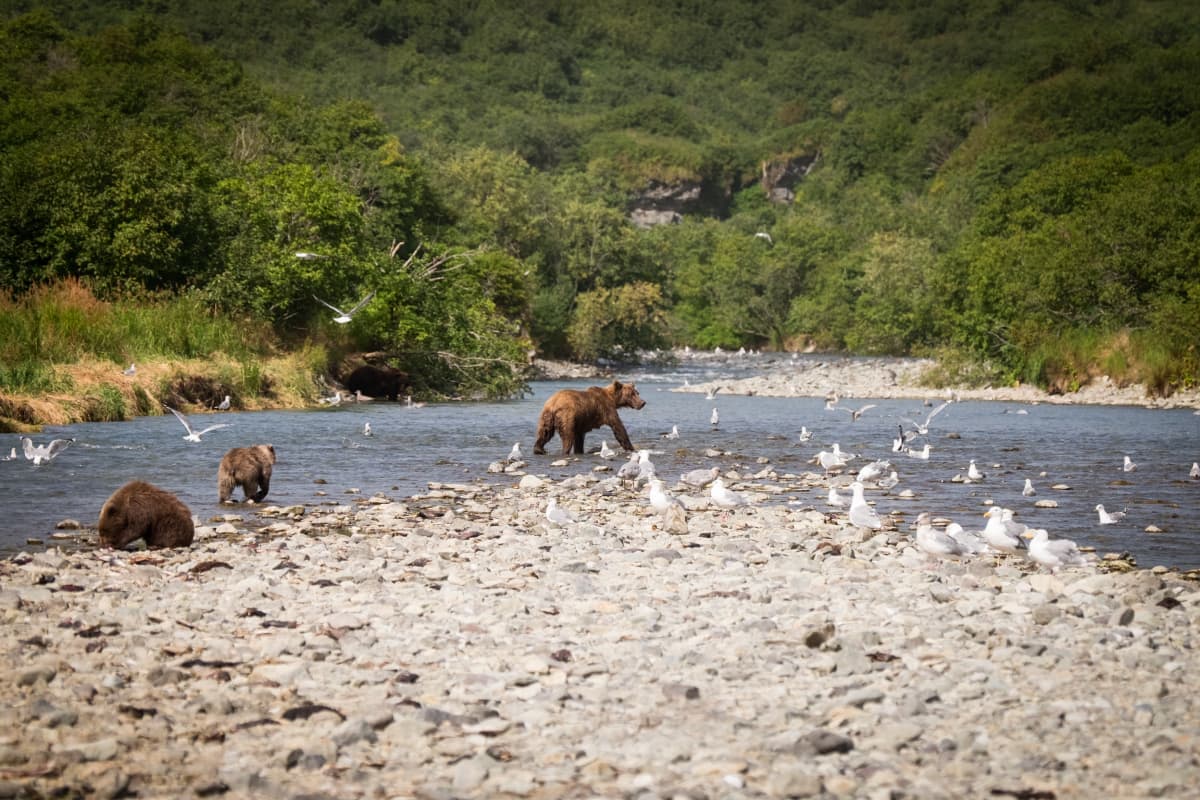
Mother fishing with cubs
You’ll notice a major part of this process is that you need to know your subject.
When my friend John sets out to shoot a film, he already knows the key elements of the story. Very little is left to chance – it can’t be, otherwise the film would take too long and cost too much to make. In fact, the story is why the film is made at all.
Likewise, without knowing my subject I would be unable to create a complete shooting list. For this reason, I spend two-thirds of my time learning all there is to know about a particular subject.
Whenever possible, I do this research in the field, mindfully observing the patterns of nature. Of course, field research is not always possible, in which case I watch videos and television documentaries, I read books, scour the internet and contact other people who specialise in the subject I’m interested in.
From these sources, I find the compelling visual narrative and begin to build a picture in my mind of the story I want to tell. For anyone whose time in the field is restricted, modern technology has made it easier than ever to get know your subject in detail.
Visualisation
Once I have a set of captions, I add drawings to my storyboard, a technique known as visualisation.
The drawings show (in very rough form, as I’m a terrible sketcher) how I imagine the image to look and it’s from this drawing that I calculate camera settings, choose which lens I want to work with, the best camera angles and compositions.
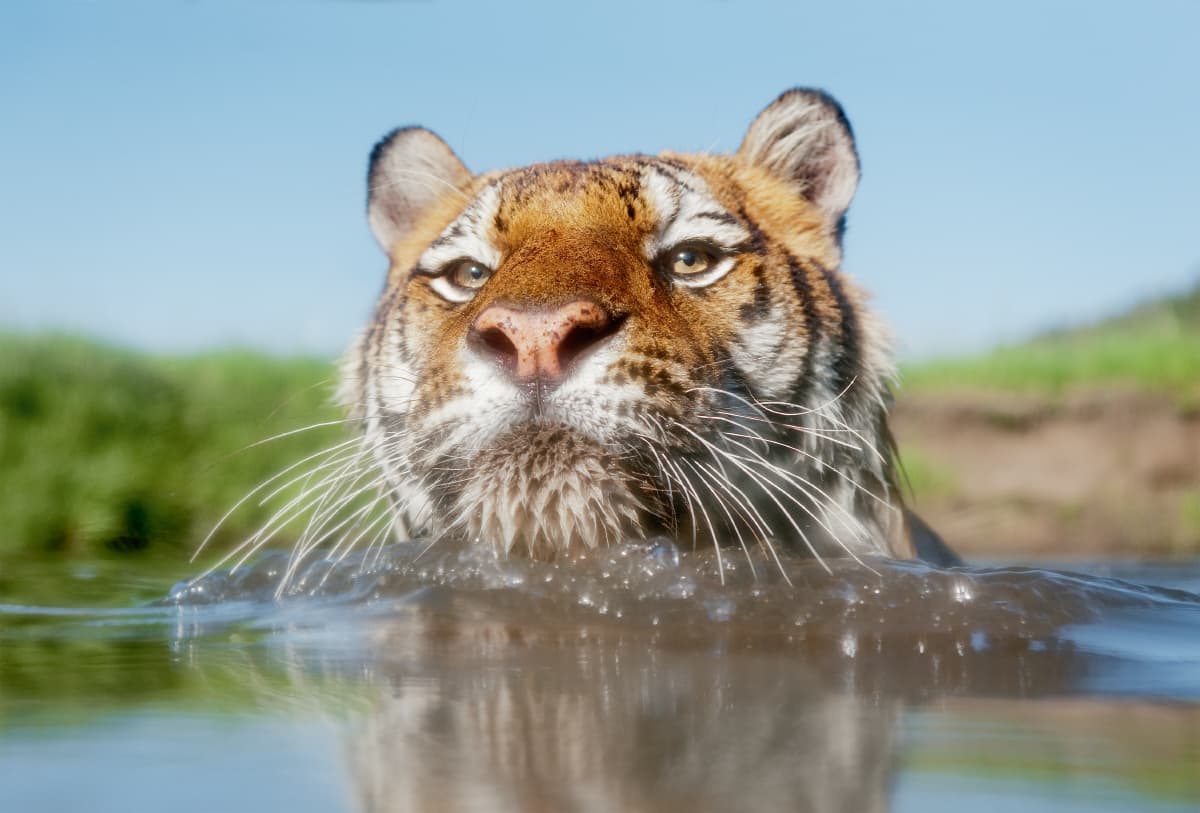
Having this knowledge before I set out means I’m not relying on guesswork when it matters. It keeps me ahead of the game and ensures I’m always ready to react to unexpected events. It also means I know what equipment to carry. This may seem like a long-winded process but, like anything in life, it’s the preparation and planning you do upfront that ensures long-term success.
It’s worth noting that storyboarding doesn’t have to be a physical process. Writing captions and drawing sketches on paper is all well and good if you are sitting at a desk with time on your hands. However, that’s not always the case and many times, when I’m in the field, I simply storyboard in my mind – thinking of captions and imaging compositions on the fly. It’s a skill I have had to practise, but it has now become second nature.
Composing the sequence
For the individual frames, composition is still critical. While a cameraman may get away with the odd frame where a lion’s head is obscured by a tree, the stills photographer can’t. Each frame must tell its own part of the story – clearly and without distraction.
Petrol-wheeled lawn mowers are suitable for rougher areas of ground or where a striped lawn finish is not required. To achieve a classic striped lawn finish, cylinder mowers or roller rotary mowers are a better choice.
Having just read the previous paragraph you’re probably a little confused, and wondering what on earth lawn mowers have to do with photography. Well, photography is a form of communication and, just like any of the other ways we communicate, for a photograph to make an effective statement, that statement must be unambiguous.
I believe the main reason viewers fail to connect with a photograph is because the photographer includes too much competing and conflicting visual information – unrelated objects in the frame that distract from the central subject. Just as an article on photography shouldn’t contain advice on buying a lawn mower, a photograph should contain nothing irrelevant to the story it’s telling.
The art of omission
The art of omission gives photographers a unique artistic challenge. While most artists – painters, musicians and poets – start with a ‘blank canvas’ and add visual or verbal symbols to create their work, when you look through your viewfinder you will notice that Mother Nature has already completed your canvas for you.
However, while I have a lot of respect for Mother Nature, she rarely conjures up compelling photographic compositions all by herself. Instead, it is the role of the photographer to identify those objects in the frame that warrant inclusion and remove those that detract from your visualised image. Photography, then, is the art of omission.
In terms of creating an effective series of photographs, that attention to detail must cut across all the images in the series, not just individual frames. Attention should be given to whether a visual element in one image, while not conflicting with that particular image, may conflict with the other images in the series. Again, it is about seeing not just the moment but also the sequence.
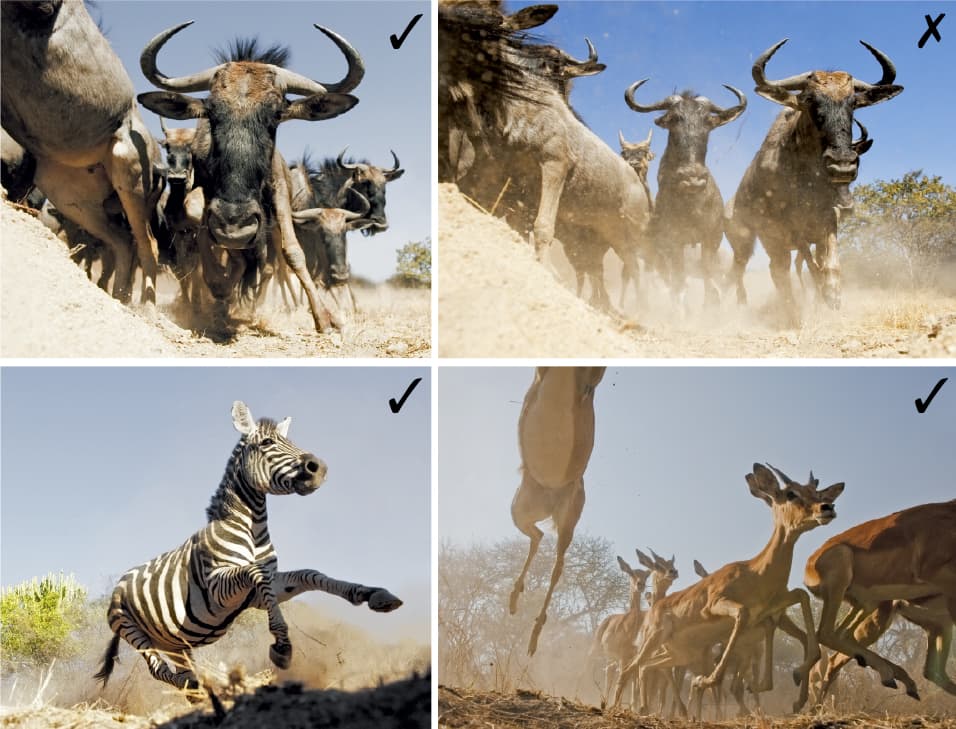
In this set of images, I would discard the one positioned top right from the series because the colour of the sky is inconsistent, breaking the flow of the series and conflicting with the other three images in the set. Each frame must tell its own part of the story, without jarring with the rest.
Tools of the trade
The tools you need to remove visual information from the scene are in your camera. The most obvious is to physically crop unwanted objects from the picture space by either moving the camera closer to the subject or switching to a longer-focal-length lens.
But cropping may be impractical or undesirable. For example, it would be impossible to crop all the background directly behind an animal. In these instances you must use focus, specifically depth of field or creative exposure to hide unwanted information.
A perfect example of the latter is a silhouette, where under-exposure of the subject hides four of the five elements of design – line, colour, pattern and texture – to leave shape as the only element by which the viewer is able to determine the nature of the subject.
It is this simplicity – the lack of visual information – that makes successful silhouettes such powerful graphic images.
Before and after
Additionally, when composing an image, like John the cameraman you have to think about what comes before and after the image you’re creating.
For example, one of the oft-stated rules in photographic composition is to have a subject looking left to right, as this mirrors the way our eyes are socially programmed to follow information (you’re reading this article from left to right).
However, in a set of three images, for example, it would look unbalanced if all three subjects were looking in the same direction. Better symmetry is created if one image shows the subject looking to the left, one looking to the right and one facing forward.
Most importantly, each image in the series must relate to a central thread that holds the story together. Think about the structure of a book, which has a title and is separated into chapters. Every chapter relates to what came before and what comes after in a structured way and, when you put all the chapters together, they make sense of the book title.
There is far more to creating an effective image series than simply gathering together a set of unconnected but vaguely related photographs. To avoid creating a series that resembles a wildebeest – made up of leftover parts – tackle the process purposefully and give your series a life of its own.
How to create a series in five easy steps
The key to creating a successful image series is to plan the shoot and take pictures that follow a ‘script’.
Knowing in advance the story you want to tell will make capturing the individual images both easier and quicker because you will know precisely what you’re looking for.
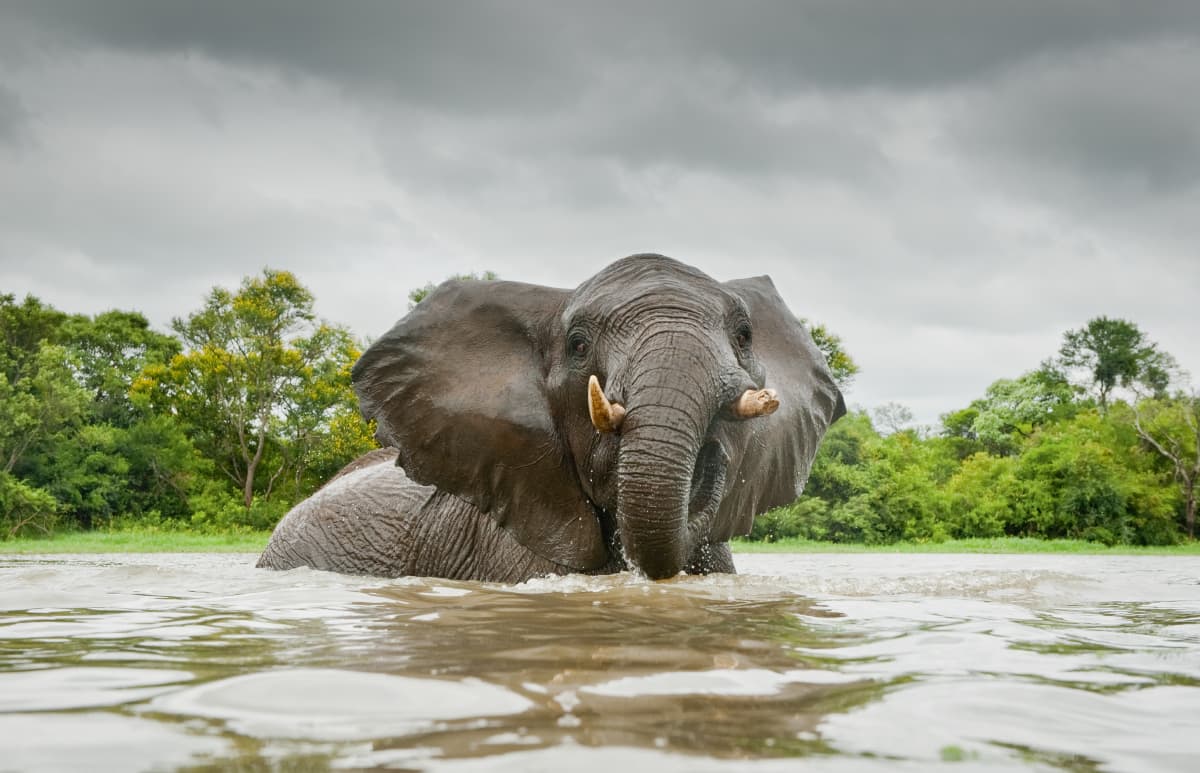
It will also ensure that your series is well structured and has a life of its own, avoiding ‘patchwork portfolios’ – series made up of vaguely connected but unrelated images. An effective series combines the power of an individual image with the continuity and flow of a film.
Shooting a series requires you to change the way you see the world, and challenges you to think in sequences. It’s a technical and artistic challenge that takes much forethought and commitment. However, you will find that making the effort and taking it step-by-step pays huge dividends in the long run.
1. Research your subject
Find out all there is to know about your subject. The more information you have to hand, the more effective your series is likely to be. Remember that
for a series to be interesting, it has to tell a story that hasn’t been told before.
2. Create a shooting list
From your research, it will help if you write a list of all the individual images you need to create your series. At this stage, it doesn’t have to be in any particular order as that can be done later. Just make sure you’ve missed nothing out.
3. Visualise the images
Good photographs don’t happen by chance. They are conceived and created by the person behind the camera – you! Think about what the image will look like in a perfect world. Draw it on paper if you can. It will help you to notice the image when it happens.
4. Create the photographs
The images that make up a series don’t have to be captured all at the same time, although they can be. If captured across separate shoots, keep a
sample of the images you’ve already created to help with your continuity.
5. Put the images together
When compiling the images into a series for display, think about how they will be seen by the viewer. Symmetry, balance and flow between images
(as well as in individual frames) all come into play when creating a series.
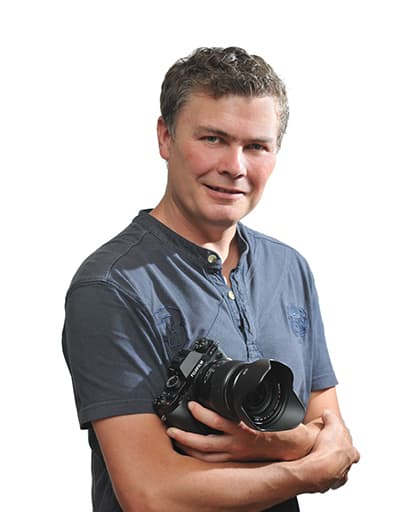
Chris became a professional wildlife photographer in 2001 after leaving his job in IT to follow his passion. His clients include the BBC, ITV, The Times, The Sunday Times, The Daily Telegraph, The Independent, The Guardian and National Geographic. To see more of his work visit www.chrisweston.photography

